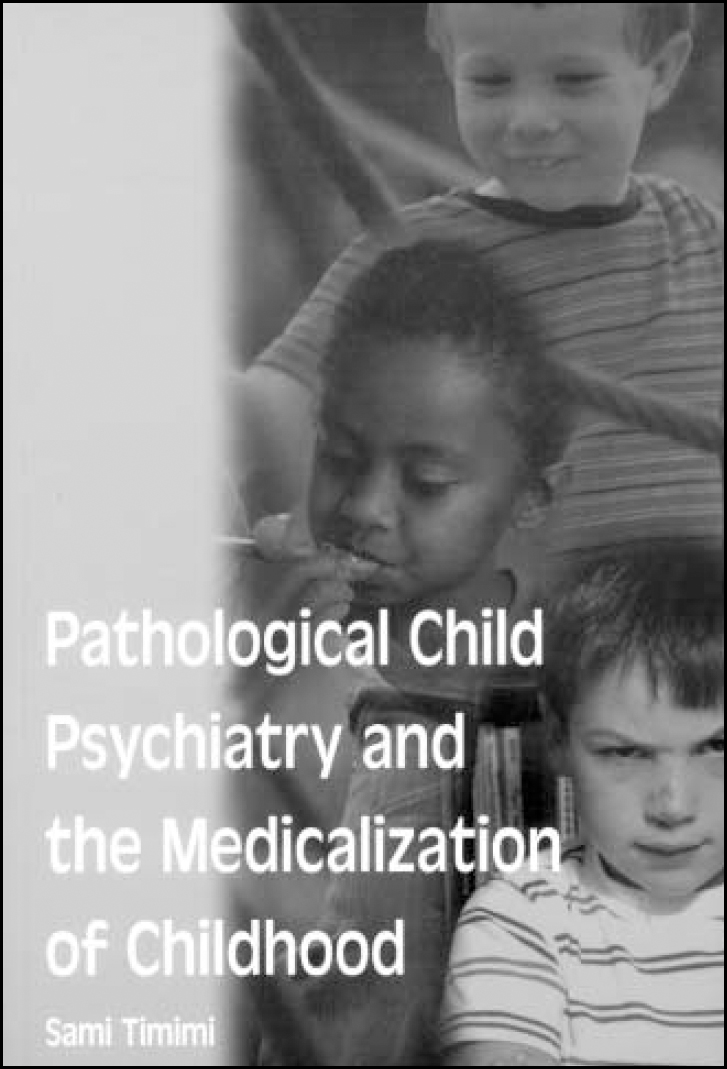
Reviewing these books reminded me of that table in every bookshop, the one with the brightly coloured stickers proclaiming ‘three books for the price of two’. By far the more complex of the two books is Mental Health in Primary Care. This interesting work is structured in four parts, reflecting encounters in the consulting room, reflective practice, mental health thinking in the surgery, and a fourth section-which is almost a book in its own right-containing perspectives from secondary care, including chapters on postnatal depression, eating disorders, substance misuse and management of serious mental illness. The first three sections address fundamental aspects of good consultations in any setting that could - and indeed should - apply to all patients; not just those with mental health problems. There are beautifully written, almost poetic descriptions of the importance of using time, of bearing witness to our patients’ lives, of the importance of containment, of being a ‘good enough’ general practitioner, of Balint's work on the function of the doctor as a drug, and gentle but pragmatic reminders of precipitating factors for burnout and ways to decrease the likelihood of this happening. The fourth section has a cooler, more detached feel that somehow serves to emphasise the divide between the primary care ‘souk’ and the secondary care ‘citadel’. Indeed, the editors themselves, in their introduction, note a ‘partially irreconcilable tension between the two perspectives’.

The book is well written, and contains some fascinating case studies, particularly in the first three sections. I am not sure it fully addresses the key mental health issues in primary care (the role of the practice nurse, for example, is hardly mentioned), but instead it offers something much richer: reflective primary care wisdom and an insight into how general practitioners can think about and help people with mental health issues in a primary care setting, and also look after their own mental health. It deserves to be read by every trainee in primary care and psychiatry.
In contrast, Shared Care in Mental Health is a pragmatic, ‘lecture notes’ style handbook featuring facts rather than feelings. The authors have used a problem-oriented rather than a disease-oriented approach, and each chapter follows a standard format including ‘what to expect from secondary services’. The authors suggest the book is designed to be dipped into when faced with a problem in practice. In the ‘Heartsink and hateful patients’ section, for example, you can read how to survive your ‘heartsinks’, ‘dependent clingers’ and ‘entitled demanders’.
Mental Health in Primary Care also discusses hateful patients, but reflects on the typology of difficult doctors and the interactions between the two. So, perhaps, as you wander past that bookshop table, you need to pick up both books, confident in the knowledge that you have in fact got a bargain - three books for the price of two.



eLetters
No eLetters have been published for this article.